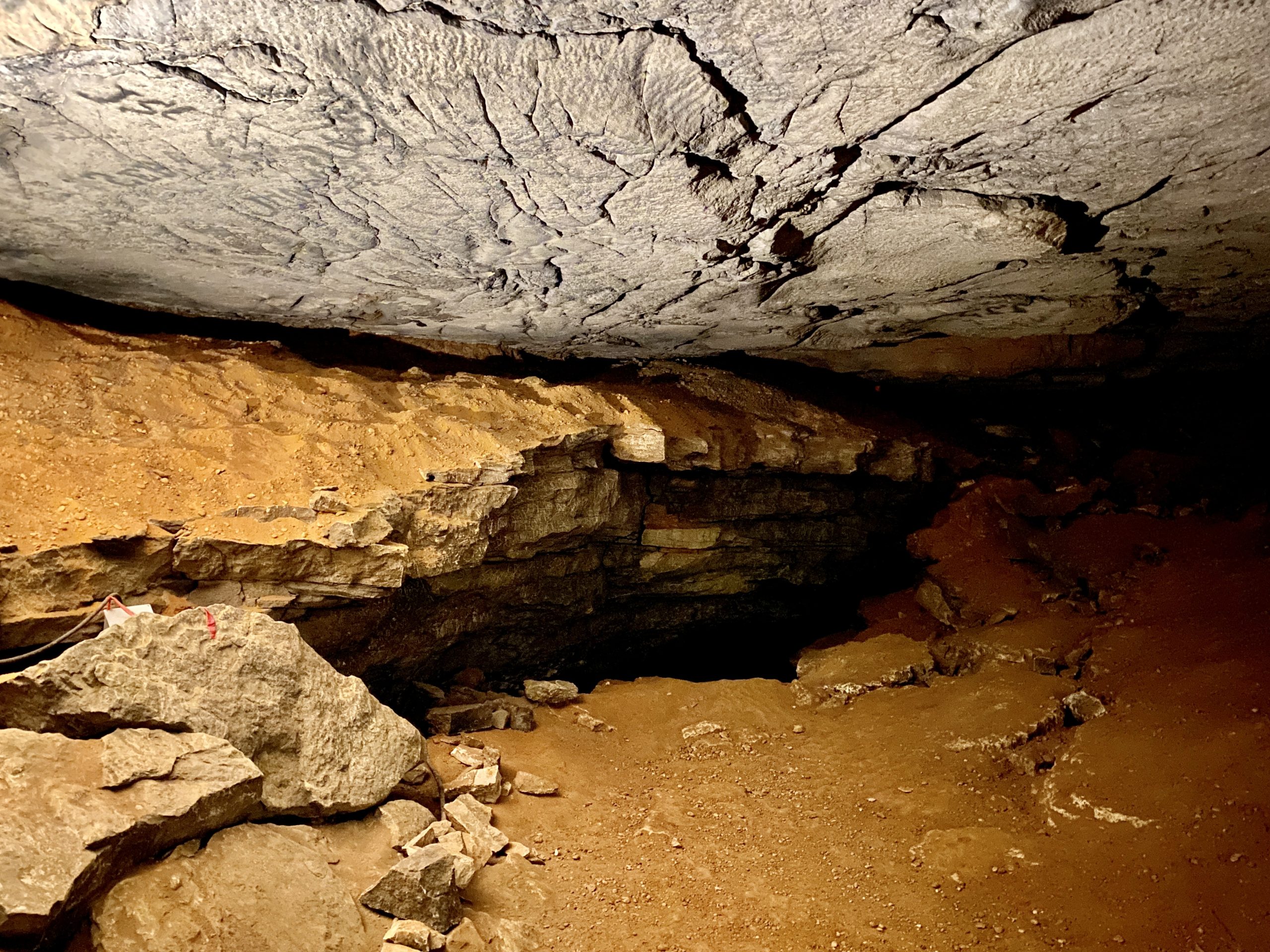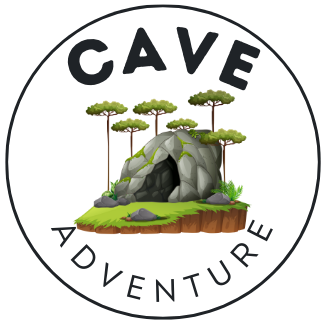Mammoth Cave National Park is home to a vast and fascinating array of animals, both above and below ground. From the unique troglobites that have adapted to the cave’s dark and humid environment to the diverse bat colonies that roost within its passages, this iconic cave system is a treasure trove of biodiversity. In this blog post, we’ll delve into the captivating world of the animals that call Mammoth Cave their home.
Troglobites: Creatures Adapted to the Cave Life

Troglobites are animals that are exclusively found in caves and have evolved unique adaptations to thrive in these dark, isolated environments. Mammoth Cave is home to several fascinating troglobite species, including:
Cave Salamanders
These amphibious creatures are perfectly suited to the cave’s aquatic habitats, with their slender bodies and long toes adapted for navigating the cave streams and pools. They feed on small invertebrates and algae, playing a crucial role in the cave’s delicate ecosystem.
Albino Cave Shrimp
Devoid of pigmentation and with reduced or absent eyes, these translucent crustaceans are perfectly adapted to the perpetual darkness of the cave. They rely on their other senses, such as touch and chemical cues, to navigate and find their prey, which consists of organic matter and detritus.
Cave Crickets
With their long, spindly legs and pale coloration, cave crickets are instantly recognizable troglobites. These insects thrive in the cave’s humid passages, feeding on organic matter and playing a vital role in the decomposition process.
Aquatic Life in the Cave Streams

Mammoth Cave’s intricate network of underground streams and pools is home to a diverse array of aquatic life, including several species of fish that have adapted to the dark, nutrient-poor environment. The most well-known of these is the blind cavefish, which has lost its eyes and pigmentation due to the lack of light in its habitat.
Bats and Terrestrial Creatures
Bats are a prominent feature of Mammoth Cave, with over 160 species found within the cave system. These flying mammals roost in large colonies, playing a crucial role in the cave’s ecosystem by consuming insects and serving as a food source for other predators.
In addition to bats, Mammoth Cave is home to a variety of terrestrial creatures, such as woodrats and raccoons, which have adapted to the unique challenges of the cave environment.
Adaptations to the Cave Life
The animals of Mammoth Cave have developed remarkable adaptations to thrive in their dark, humid, and nutrient-poor environment. These adaptations include:
- Reduced or absent eyes and pigmentation in troglobites, as they no longer require vision or camouflage
- Enhanced senses, such as touch, smell, and vibration detection, to navigate and find prey
- Slower metabolism and longer lifespans to conserve energy in the resource-scarce cave environment
- Specialized feeding strategies, such as the cave crickets’ ability to break down organic matter
Visiting Mammoth Cave: Observing the Animals
Visitors to Mammoth Cave National Park have the opportunity to observe these fascinating creatures in their natural habitat. Guided tours through the cave system provide a unique chance to see troglobites, aquatic life, and bats up close, while also learning about the adaptations and ecological importance of these animals.
It’s important to note that visitors should follow all safety guidelines and respect the wildlife to ensure a safe and sustainable experience for both humans and the animals.
Cost and Timings
The cost of guided tours at Mammoth Cave National Park varies depending on the type and length of the tour. Some popular options include:
- Historic Tour: $15 per adult, $7.50 per child (ages 6-12), free for children under 6. Duration: approximately 2 hours.
- Wild Cave Tour: $60 per person. Duration: approximately 5 hours, recommended for physically fit individuals.
The park’s visitor center is open from 8:00 AM to 5:00 PM, with extended hours during peak season.
Conclusion
Mammoth Cave National Park is a true wonder of nature, home to a diverse array of animals that have adapted to the unique challenges of the cave environment. From the captivating troglobites to the iconic bat colonies, this iconic cave system offers a glimpse into a hidden world that is both fascinating and fragile. By visiting Mammoth Cave and learning about its remarkable inhabitants, we can gain a deeper appreciation for the incredible biodiversity that exists within these underground realms.
Reference:
- https://www.inaturalist.org/places/mammoth-cave–2
- https://www.nps.gov/media/video/view.htm?id=db7af669-8d37-4870-8a7c-9143235de51b
- https://www.nps.gov/maca/learn/nature/caves.htm
- https://www.nps.gov/maca/learn/nature/viewing-park-wildlife.htm
